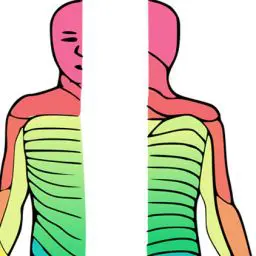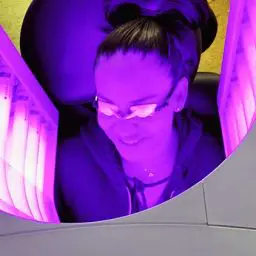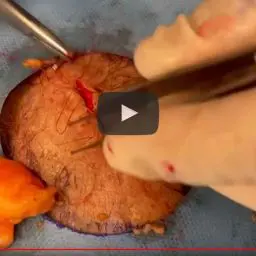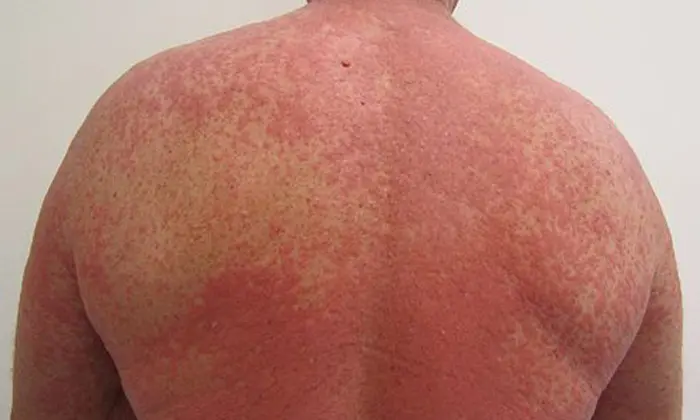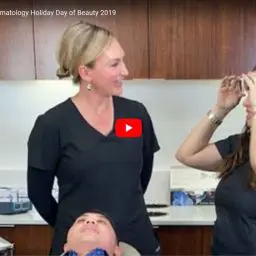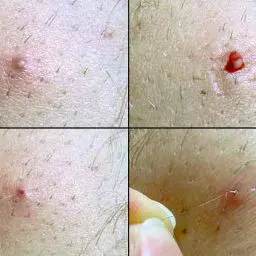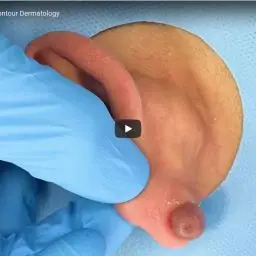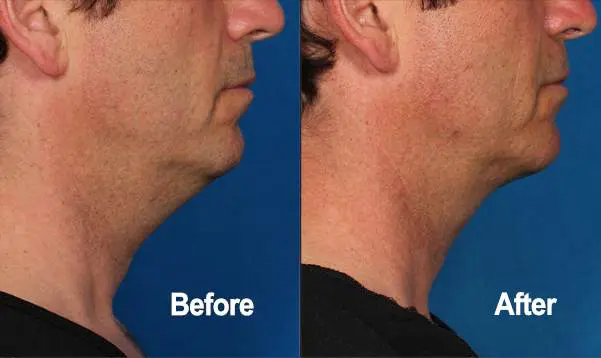Folliculitis Barbae and Pseudofolliculitis Barbae
Skin Conditions
Folliculitis Barbae and Pseudofolliculitis Barbae are commonly confused similar conditions that cause inflammation in the hair follicles. Folliculitis Barbae is caused by a bacterial infection and Pseudofolliculitis Barbae is created by irritation from shaving and ingrown hairs, also know as razor burn.
Folliculitis Barbae and Pseudofolliculitis Barbae
Skin Conditions
Folliculitis Barbae and Pseudofolliculitis Barbae are commonly confused similar conditions that cause inflammation in the hair follicles. Folliculitis Barbae is caused by a bacterial infection and Pseudofolliculitis Barbae is created by irritation from shaving and ingrown hairs, also know as razor burn.
What is Folliculitis Barbae?
Folliculitis barbae is a type of folliculitis mostly affecting the beard area of men, however, women can also experience this condition. It is much more common when using a blade razor versus and electric shaver.
Folliculitis barbae is due to a Staphylococcus aureus bacterial infection . It can occur in men and women who shave or do not shave. It can lead to a more serious condition called sycosis barbae which may cause scarring and areas of permanent hair loss.
Treatment Options
If folliculitis barbae and sycosis barbae is a mild infection, it will usually respond to a short course of a suitable topical antibiotic applied to the skin. Chronic inflammation may develop creating the need for a more long term treatment, including mild steriod creams in addition to topical or oral anti-staphylococcal antibiotics.
What is Pseudofolliculitis Barbae?
Pseudofolliculitis Barbae, most commonly known as razor bumps, is a condition that consists of irritated red bumps around the hair follicles, mainly in the beard area. Men suffer from this condition most often due to frequent shaving of sensitive facial areas. If left untreated, these follicles could become severely irritated, which could cause an infection. If swelling persists, the next time you shave, you could be at an increased risk of shaving the bumps too close and causing bleeding, or worse, scarring.
Treatment Options
The best way to prevent Pseudofolliculitis Barbae is to ensure your face is clean and wet before starting your shave, as well as use a cream or soap to help lubricate the blade. If you already have this condition, the best thing to do is reduce the frequency in which you shave and use an anti inflammatory cream to reduce irritation. Ultimately laser hair removal is the most effective way to stop folliculitis barbae from developing. By using laser hair removal, the need to shave is greatly reduced, and ultimately your face will experience far less irritation.







